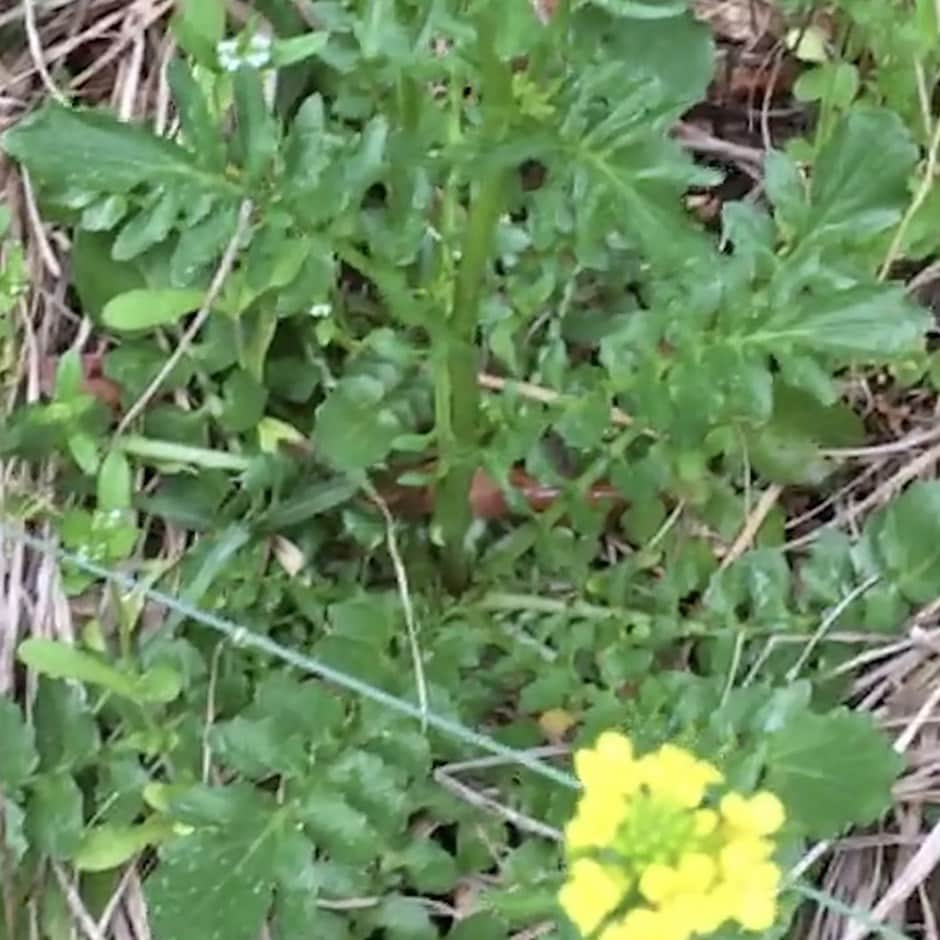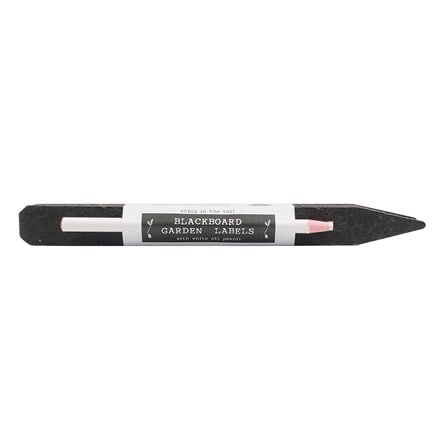American land cress
( syn. Barbarea verna)
- approx 300 seeds
- £1.87 £2.49
- In stock (shipped within 2-3 working days)
Delivery options
- Seed Packets (only) £2.99
- Position: full sun to partial shade
- Soil: reliably damp or boggy soil
- Rate of growth: fast
- Hardiness: fully hardy
A biennial, leafy herb with a peppery, spicy flavour producing rosettes of dark green, deeply-lobed leaves which may be used as a watercress substitute. In spring or summer of its second year it produces upright stems with clusters of small, yellow, four-petalled flowers.
American land cress has been cultivated as a leaf vegetable in England since the 17th century, and as it requires less water than watercress, it is easier to cultivate. It's an ideal winter and spring herb and rich in vitamin C.
American land cress has been cultivated as a leaf vegetable in England since the 17th century, and as it requires less water than watercress, it is easier to cultivate. It's an ideal winter and spring herb and rich in vitamin C.
Plant American land cress in full sun or partial shade in moisture-retentive, fertile soil that stays reliably damp but not waterlogged. It grows well in open ground or containers, as long as the compost remains moist. Keep it regularly watered, especially in dry spells, to stop the leaves from becoming tough or bitter.
Harvest the outer leaves as needed, leaving the centre to regrow for continued picking over autumn and winter. It’s hardy and can tolerate light frosts, making it a useful cut-and-come-again crop through the colder months. Keep weed-free and remove any yellowing leaves to maintain plant health and appearance.
Harvest the outer leaves as needed, leaving the centre to regrow for continued picking over autumn and winter. It’s hardy and can tolerate light frosts, making it a useful cut-and-come-again crop through the colder months. Keep weed-free and remove any yellowing leaves to maintain plant health and appearance.
Land cress needs light to germinate so sow directly (indoors from March to April) onto the surface of finely sieved compost, pressing lightly to make contact with the pre-watered surface. Germination will take 7-14 days at temperatures between 15-20°C. Prick out/pot on, planting out once frost has passed to a planting distance of 20cm x 20cm. Outdoor sowings are possible from July to September.
Goes well with
Chalkboard large labels & pencil - pack of 10
W2.5 × H25cm
£7.99
In stock (shipped within 2-3 working days)

